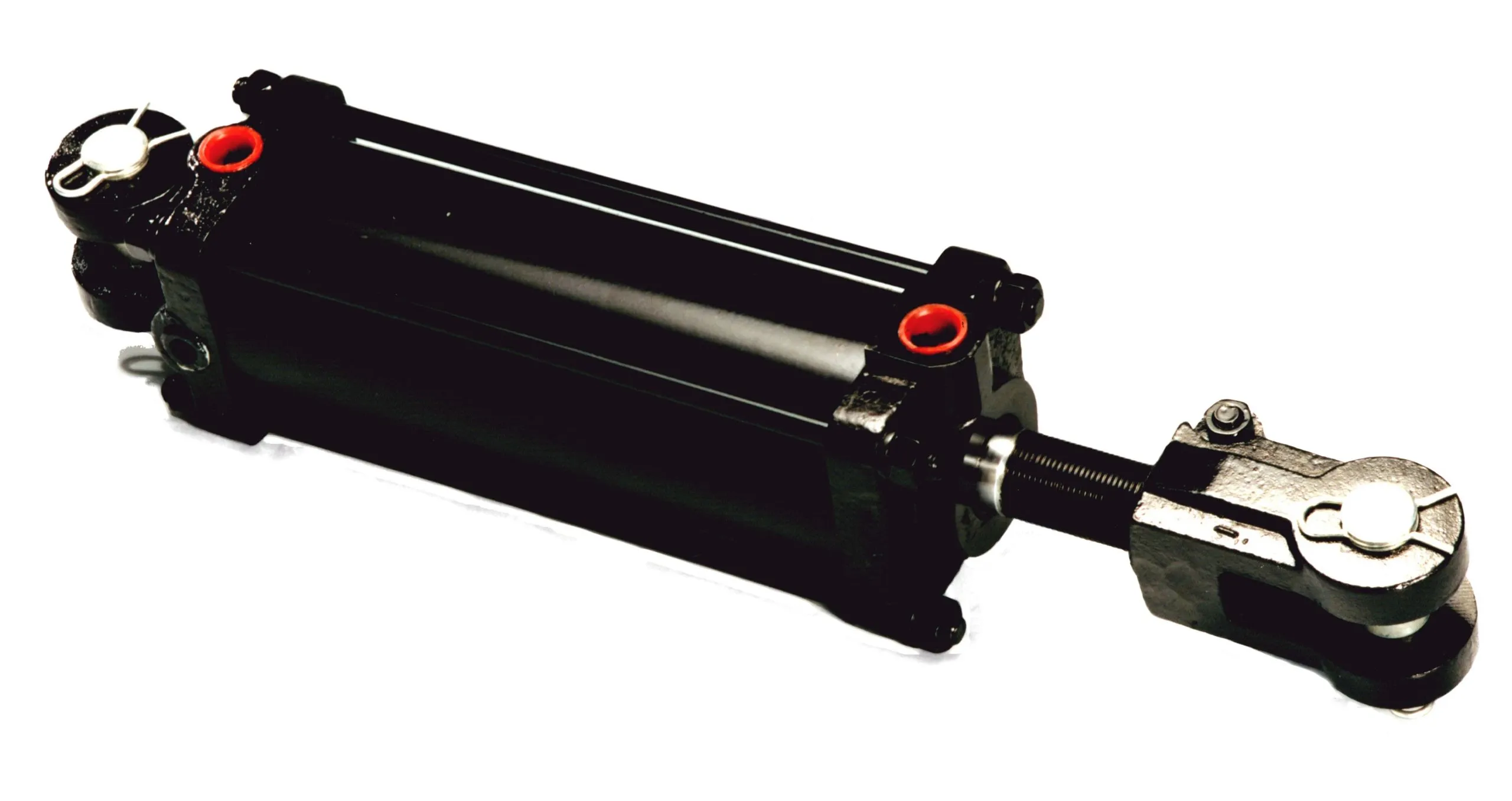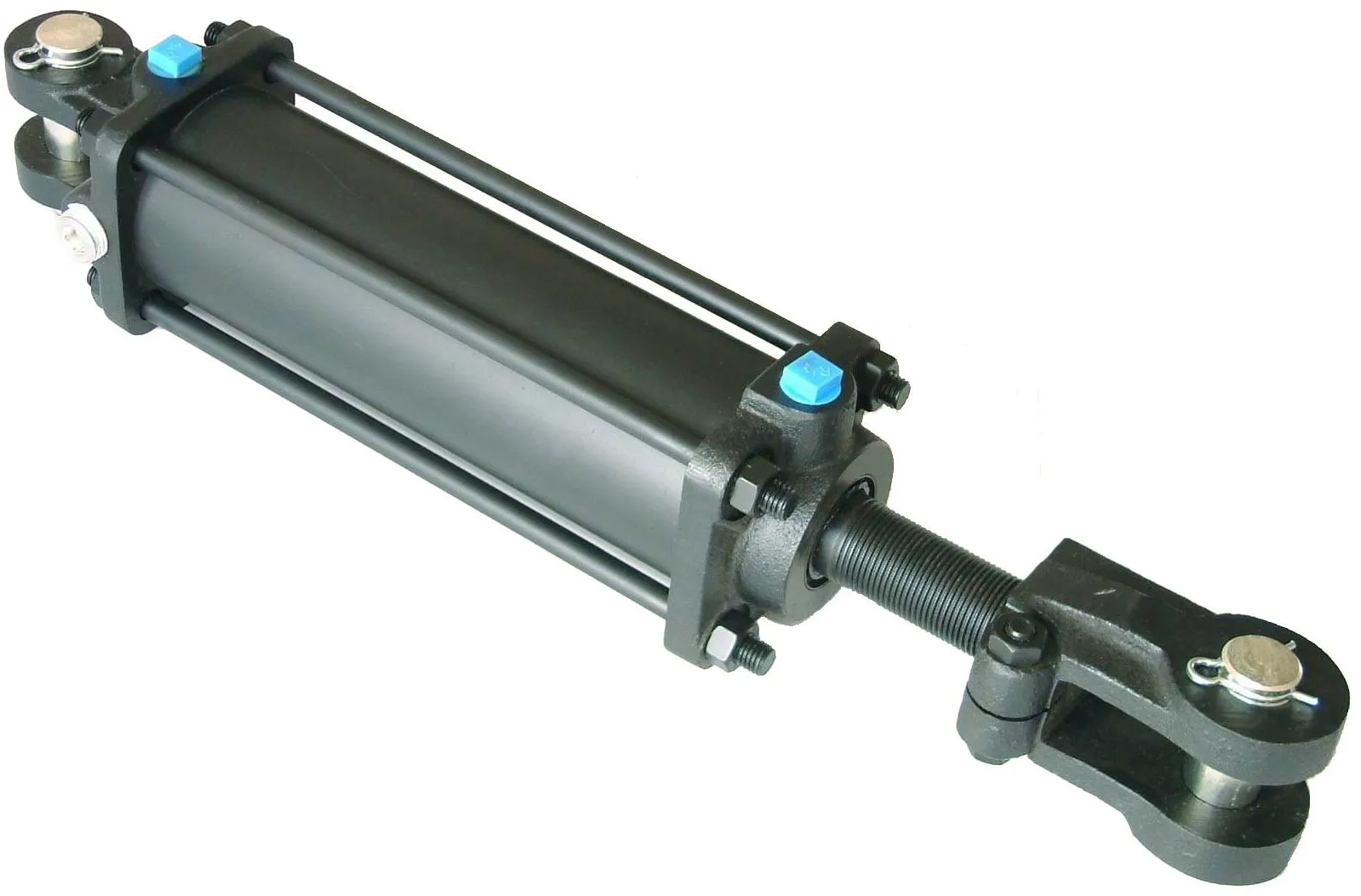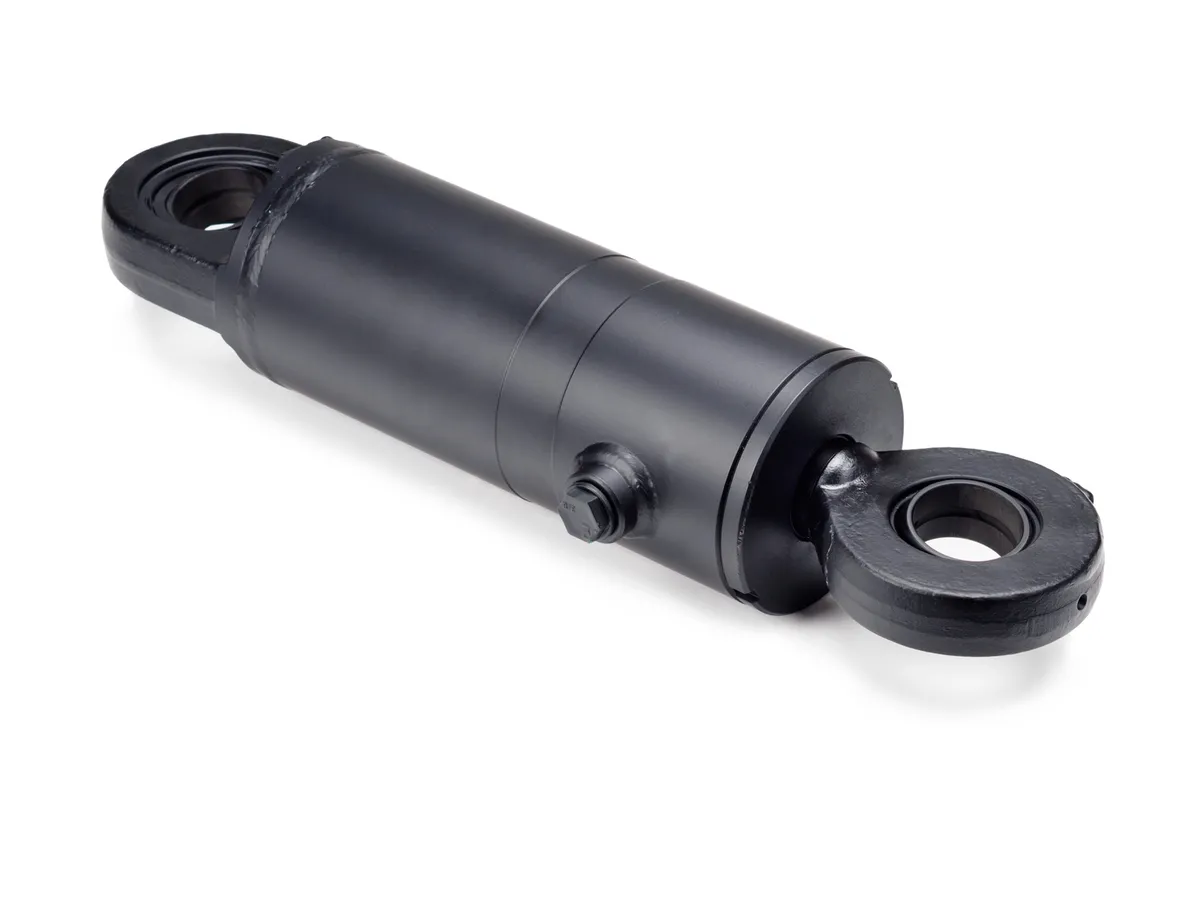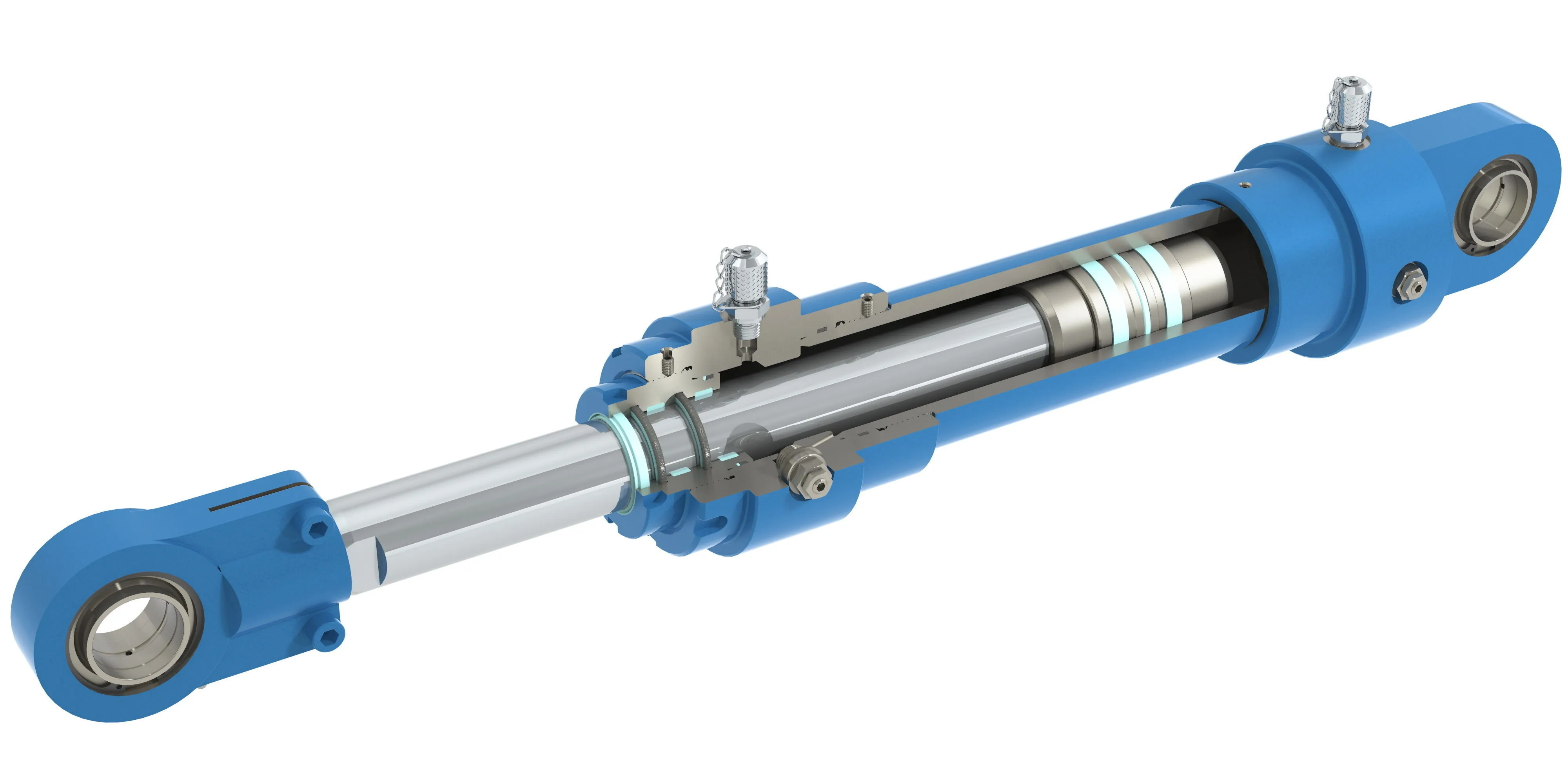Introduction: Locking Single-Acting Hydraulic Cylinder
The locking single-acting hydraulic cylinder is a crucial component in industrial operations, designed to work under hydraulic pressure in one direction and featuring a locking mechanism to prevent movement in the absence of pressure. This innovative technology ensures safety and reliability in various applications.

Design and Construction Characteristics
- Locking Mechanism – Safety: The primary feature of the locking single-acting hydraulic cylinder is its locking mechanism, which keeps the piston in a safe position when hydraulic pressure is lost, preventing accidental retracting. This mechanism can be mechanical or hydraulic.
- Variety: The design of the locking mechanism can be customized according to specific application needs, utilizing spring-loaded devices, pin locks, or other mechanical locks for enhanced security.
- Compact Structure – Space Optimization: These cylinders are designed to be compact, making them ideal for use in limited spaces in various equipment and machinery.
- Precision Manufacturing – High-Precision Machining: Components are manufactured with precision to ensure proper fit and sealing performance, minimizing the risk of leakage.
- Assembly Process – Specialized Assembly: Professional technicians handle the assembly process to ensure correct installation and calibration of individual components. Pressure testing is conducted post-assembly to confirm performance and tightness.
Working Principle
The locking single-acting hydraulic cylinder operates using a single-acting mechanism, where hydraulic oil pumped into the chamber extends the cylinder and pushes the piston outward. The retraction is controlled by a locking mechanism, preventing the piston from retracting under load, ensuring safety even if hydraulic pressure is lost.
Types and Configurations
There are three main types of locking single-acting hydraulic cylinders, each offering unique configurations to suit different industrial applications. These variations provide flexibility and customization options for specific needs.
Benefits
- Enhanced Security: The locking mechanism reduces the risk of accidental retractions, enhancing operator safety.
- Reliability: These cylinders are designed to operate effectively under high loads and varying conditions, ensuring consistent performance.
- Simplicity: Easy to operate and maintain, making them user-friendly for a wide range of applications.

Application Scenarios
Locking single-acting hydraulic cylinders find applications in construction equipment, manufacturing processes, transportation, aviation, and more. These cylinders play a crucial role in stabilizing and securing various systems for safe and efficient operation.
Design Considerations and Selection Criteria
When selecting a locking single-acting hydraulic cylinder, factors such as bearing capacity, sealing, durability, safety, and maintainability should be carefully considered to ensure optimal performance in industrial settings.
Sealing and Lubrication
Proper sealing and lubrication of the locking single-acting hydraulic cylinder are essential for long-term performance. Utilizing high-quality seals and regular lubrication maintenance can extend the lifespan of the cylinder and prevent premature wear.
Regular Inspection and Maintenance
Implementing regular inspection and preventive maintenance measures are crucial for the longevity and efficiency of locking single-acting hydraulic cylinders. By following maintenance protocols, potential issues can be identified and resolved promptly.
Installation and Maintenance Guide

Providing a comprehensive installation guide for locking single-acting hydraulic cylinders ensures proper setup and operation. Following correct installation procedures and maintenance guidelines can optimize performance and longevity.

Optimizing Power Unit
Optimizing the power unit of locking single-acting hydraulic cylinders can improve efficiency, energy savings, and reliability. By maximizing power output and managing resources effectively, industrial operations can benefit from enhanced performance.
Safety Considerations and Environmental Factors
Understanding safety measures and environmental considerations when using locking single-acting hydraulic cylinders is essential for protecting personnel and equipment. Implementing proper safety protocols and environmental practices can prevent accidents and minimize risks.
Fault Diagnosis and Troubleshooting
Detecting faults and common problems in locking single-acting hydraulic cylinders requires a systematic approach to diagnosis and troubleshooting. By identifying issues early and implementing effective solutions, downtime can be minimized.
Unit Power Influence Factors
Factors such as cylinder diameter, stroke, operating pressure, piston speed, and load conditions directly impact the unit power of locking single-acting hydraulic cylinders. Understanding these influences is crucial for optimizing performance.
Advantages of Optimizing Power Unit
Optimizing the power unit of locking single-acting hydraulic cylinders can lead to improved efficiency, energy savings, and reliability. By enhancing power output and management, industrial operations can achieve higher productivity and cost-effectiveness.
FAQs
1. How does the locking mechanism in a single-acting hydraulic cylinder work?
2. What are the main components of a locking single-acting hydraulic cylinder?
3. What advantages do locking single-acting hydraulic cylinders offer over standard single-acting cylinders?
4. In what applications are locking single-acting hydraulic cylinders commonly used?
5. How does the locking feature enhance safety during operation?
Long-Tail Keywords
1. Locking Single-Acting Hydraulic Cylinder Safety Features
2. Customized Locking Mechanism for Industrial Applications
3. Enhanced Performance with Optimized Power Unit
Our Company
We are a leading hydraulic cylinder replacement manufacturer, offering a complete product line tailored to industrial needs. Our company has gained recognition in both domestic and foreign markets for our high-quality products, professional services, and customer-centric approach.
